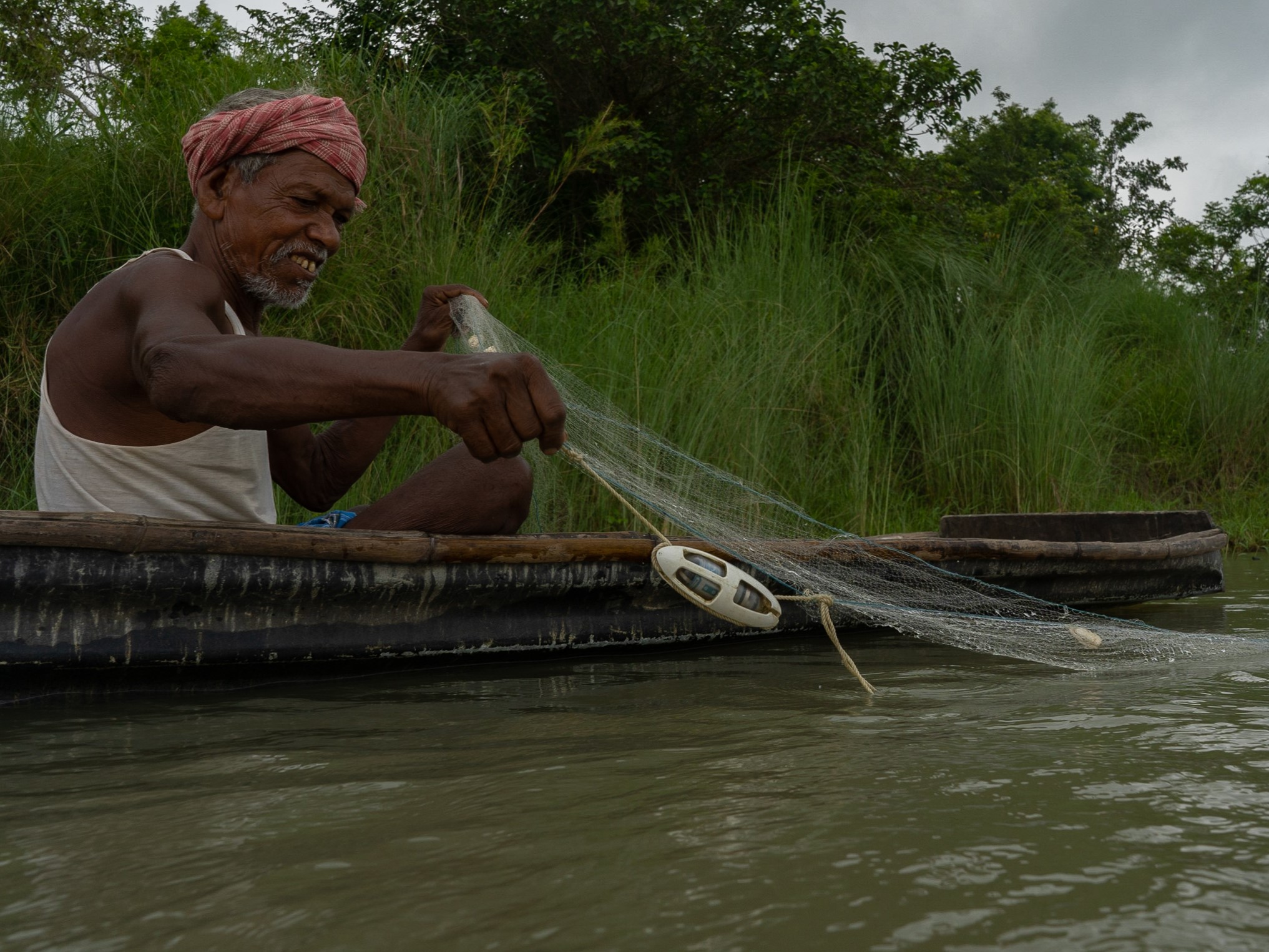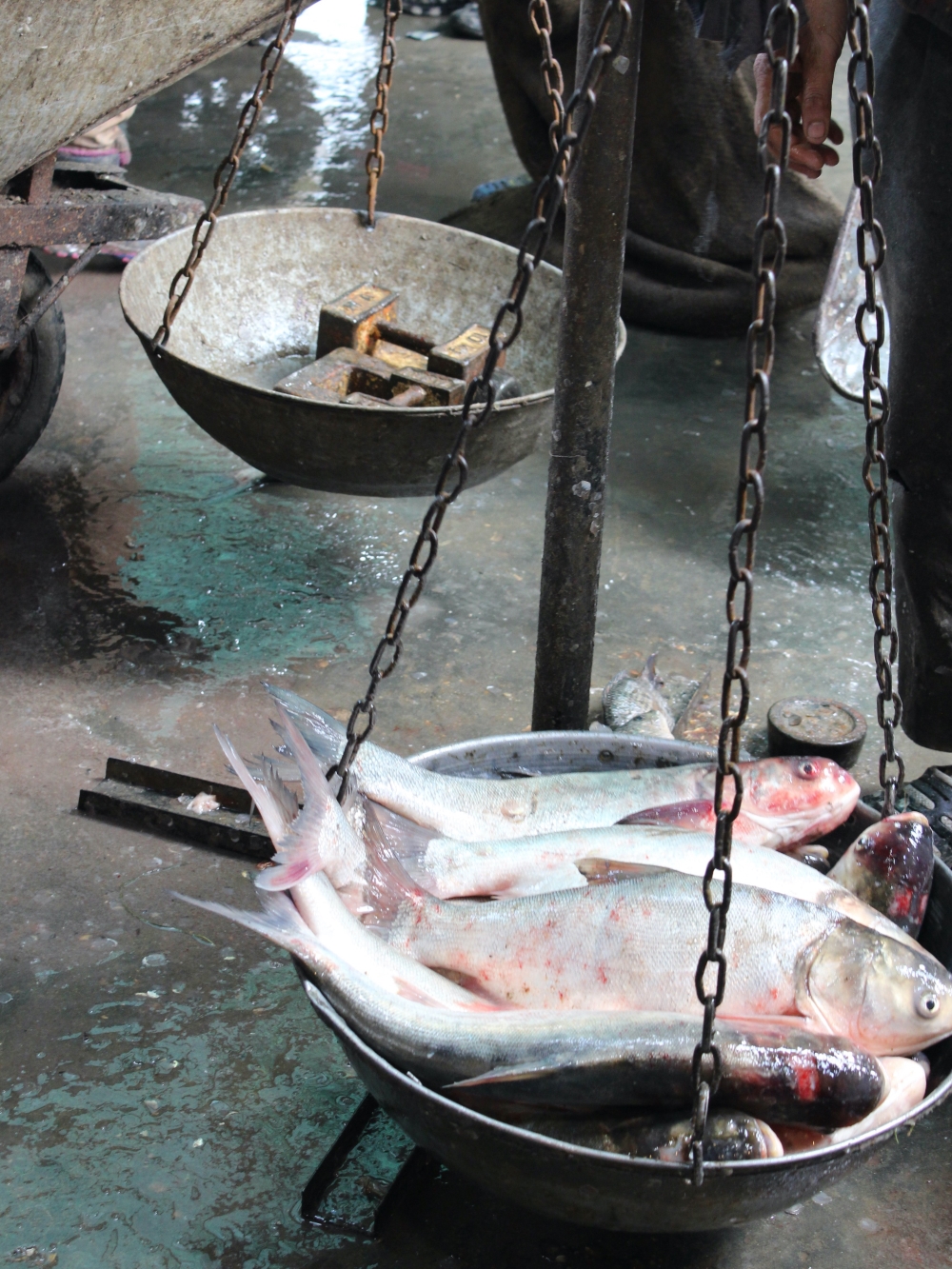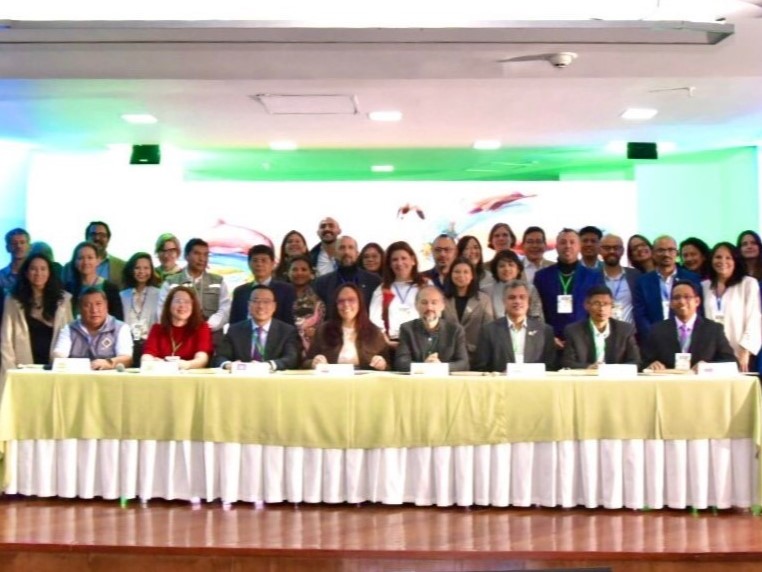Tech secures food for fishers and dolphins

Indus river dolphins in the project site within the Guddu – Sukkur barrages protected area. Credit - WWF-Pakistan.
Sound of Safety: Can technology secure shared food of fishers and river dolphins?
In the coming years, a daunting challenge looms on the horizon. By 2030, it is projected that over 600 million people worldwide will grapple with the harsh reality of hunger. This presents a serious challenge to one of the Sustainable Development Goals: eliminating hunger worldwide.
Some of our beautiful and precious rivers, which serve both as habitats for diverse communities and home to the most endangered river dolphins, are often sites of conflict for the food that they share – fish! In this delicate balance, establishing harmony and coexistence is of paramount importance. Fishing communities, scattered along some of the most breathtaking rivers in the world, face a precarious existence. They are often characterised by large families dependent on the day's catch of fish for their livelihoods. As each catch translates directly into income, any loss of fish is a significant blow to their financial stability. The presence of river dolphins in these waterways adds an extra layer of complexity.

Ganges River Dolphin in the River Hooghly. Credit - Mridul Kanti Kar, WWF-India.
Tragically, river dolphins often become entangled in fishing nets. This can result in both the loss of fishing catch as the dolphins struggle to escape and, at times, the death of the dolphins themselves, further endangering already vulnerable populations. Not only is this a loss for conservation efforts, but it is also a blow to the livelihoods of local fishermen; the entanglement of a dolphin in a net represents a tragic cascade of losses of both food and income.
Such events place a significant strain on fishermen, some of whom are already burdened with debt in their efforts to obtain such nets. These communities are further threatened by the risks and manifestations of climate change, which take the shape of devastating floods or prolonged dry spells. According to Germanwatch’s Climate Risk Index, Asia has three countries in the top 10 most vulnerable to climate crisis, of which two overlap with the river dolphin range: Bangladesh and Pakistan.
When riverine communities (communities that heavily rely on natural resources) lose their agricultural and livestock-based livelihoods due to such floods, they too often transition to fishing. Fostering sustainable fishing practices and food security is, therefore, vital.

In 2022, the pioneering initiative known as ‘Sound of Safety’ embarked on trials utilising acoustic deterrents, commonly referred to as ‘pingers.’ Supported by the Darwin Initiative’s Innovation scheme, our project, based in India and Pakistan, builds upon initial trials led by Yayasan Konservasi RASI for the Irrawaddy dolphin in the Mahakam River, Indonesia. The project leverages technology to both protect river dolphins, and enhance the well-being of fishing communities. The pingers emit 'pings’ that dolphins find unpleasant, prompting them to steer clear of the area while the devices are active. They may be placed on fishing boats, for example, discouraging dolphins to venture too close whilst fishing nets are being used. This shows how science, technology, and innovative solutions can help improve livelihoods and enhance net income for fishermen, in some of most beautiful and iconic rivers of the world.
The pinger trials have achieved remarkable success in safeguarding both the Ganges River dolphin in India, and the Indus River dolphin in Pakistan. Led by WWF field biologists Shahnawaz Khan in India and Muhammad Imran in Pakistan in collaboration with local fisher communities, the experiment sites are located within critical river stretches. In a roughly 500km stretch of the Hooghly River just 321 Ganges dolphins have been documented, while in a 190km stretch of the Indus River – a protected area – 1,200 Indus River dolphins have been observed. The fact that the pinger experiments were conducted in river dolphins’ critical habitat raised concerns about displacement from their preferred environment, however the results indicate that the dolphins moved only temporarily, returning as soon as pingers deactivated.

From the Indus River stretch there are recordings of 86 dolphin mortalities, with 52% confirmed cases of net entanglements – yet there is no doubt that mortality is under-reported. Notably, there were no dolphin fatalities in fishing nets when the pingers were active, marking a monumental conservation achievement for these endangered species.
During the trials, Ganges River dolphins stayed away from the fishing nets that had active pingers, whilst evidence was found of dolphins causing damage trying to remove fish from to nets in sites without pingers, just 1km off. This shows how effective pingers are both for protecting the Ganges river dolphin, and for securing local livelihoods. Most notable in this trial, however, is the impact on Pakistani fishermen.
During the 60 days when pingers were active in Pakistan, the total fish catch weighed in at an impressive 591kg, compared to 421kg when the pingers were inactive. This increase in quantity was mirrored by a rise in variety, with 14 different species of fish caught during active pinger days, compared to only six on inactive days. Delving deeper into these results, we find that some of the fish varieties caught ONLY during pinger-active days were notably larger in size, such as native prized catfish variety Bagrius, known for its substantial size of up to 50kg. Furthermore, other varieties of catfish locally known as Mali and Singhari, caught on active days, are preferred for their low bone content, fetching over twice the price per kilogram and considered ideal for fish fillets. These larger fish species that also eat smaller fish might be getting caught in the ‘pinged’ nets as the larger predator – dolphin – is no longer nearby.
While fishermen in both India and Pakistan like pingers, they are considered expensive. At roughly £50 per pinger, with additional battery costs, it is an expensive solution. “The pinger is a useful device, but because we come from an underprivileged socioeconomic group, we cannot afford it until it is significantly less expensive,” shared Mr Nimai Rajbanshi, a local fisher of the Hooghly River, India. This project has been invaluable for identifying pingers as a reliable method for protecting river dolphins, building evidence that pingers offer food security. It has been indispensable in recognising pingers as a dependable method for safeguarding river dolphins, while also accumulating evidence that demonstrates their contribution to food security.
By sharing their resource with some of the most endangered mammals on the planet, these communities are not only aiding conservation efforts, but also forging a sustainable path forward for both people and river dolphins. The 'Sound of Safety' initiative serves as a beacon - ping - of hope, demonstrating that innovative solutions can pave the way for a brighter, more harmonious future for our rivers, their inhabitants, and the delicate ecosystems they support.

Global River Dolphin Declaration
Yet, as recently demonstrated by the devastating loss of at least 150 endangered pink and tucuxi river dolphins in Brazil due to severe drought conditions, addressing unsustainable fishing alone will not be enough to secure a future for these charismatic creatures. Since the 1980s, river dolphin populations have plummeted by 73% due to a barrage of human induced threats, so accelerated action to save the world’s six surviving species from extinction is crucial. Supported by the team behind DARNV008, a historic deal for River Dolphins was drafted which centres around eight core pillars:
- Creating a network of protected areas,
- Enhancing management of river dolphin sites,
- Expanding research and monitoring,
- Engaging Indigenous Peoples and Local Communities,
- Eradicating unsustainable fishing practices,
- Improving water quality and quantity,
- Celebrating #WorldRiverDolphinDay to raise awareness, and
- Increasing resource allocation and partnerships.
On World River Dolphin Day in October 2023, 11 Asian and South American countries came together in Bogota, Colombia to sign the landmark Global River Dolphin Declaration, creating a roadmap for the recovery of these iconic species.
Global Freshwater Lead for WWF, Stuart Orr, says, “This declaration is about more than saving river dolphins: it’s also about enhancing the health of their great rivers, which are the lifeblood of so many communities and economies as well as sustaining critical ecosystems from rainforests to deltas.”
“We need collective global efforts to ensure the long-term survival of all six river dolphin species,” added Daphne Willems, WWF Lead River Dolphin Rivers Initiative. “The Declaration is a clear commitment from these range states to a brighter future for river dolphins, rivers and people. Together we can drive real progress and show that a nature-positive, resilient, and sustainable future is possible.”
Despite the considerable task ahead, conservation efforts are proving successful in halting the decline of some river dolphin species. In Pakistan, the population of endangered Indus River Dolphins has almost doubled over the last 20 years due to collective action by government, communities, and NGOs including WWF. In fact, a recent episode of BBC’s Planet Earth 3 featured DARNV008’s very own Dr Uzma Khan from WWF Pakistan, highlighting her ongoing efforts to protect the endangered Indus River Dolphin.
“Seeing inspiring colleagues like Uzma get the recognition they deserve is wonderful, and seeing threats to river dolphins start to be addressed at a global scale gives us hope for the future,” said Leanne Quille, Senior Programme Advisor for WWF UK. “We intend to leverage the Global River Dolphin Declaration to share learnings from our project, to help scale the use of pingers to other relevant river basins.”
Learnings and insights from the first year of DARNV008 are available as part of our World Water Week session ‘Sound of Safety: Innovative Technology for Food Security and River Dolphins.’ As we commence the second round of our pinger trials, we look forward to sharing further evidence on how pingers can help secure benefits for both river dolphins and riverine communities.
Written by Uzma Khan and Leanne Quille. For more information on this Darwin Initiative Innovation project DARNV008, led by WWF – UK, please click here.

 Back
Back